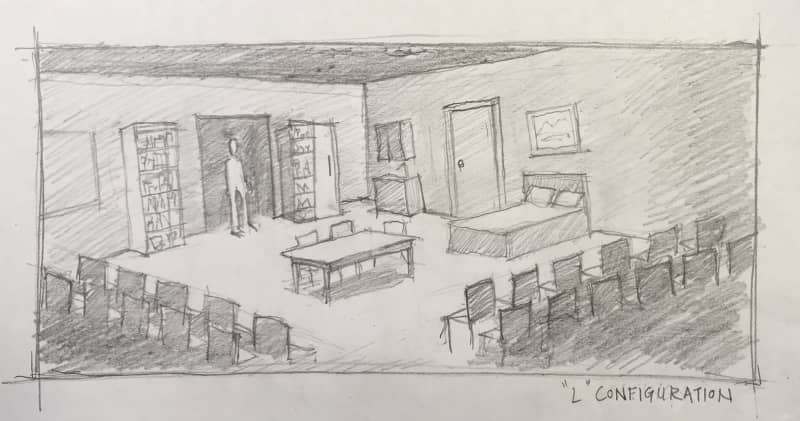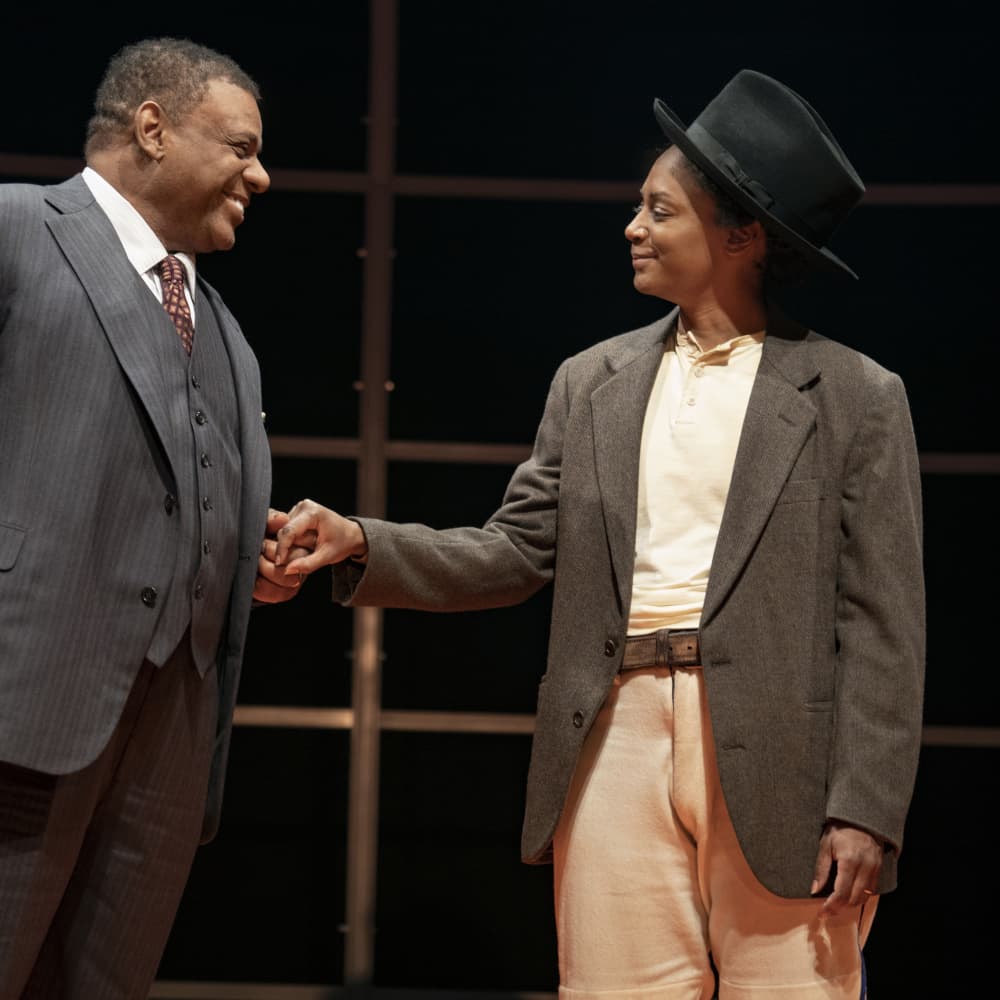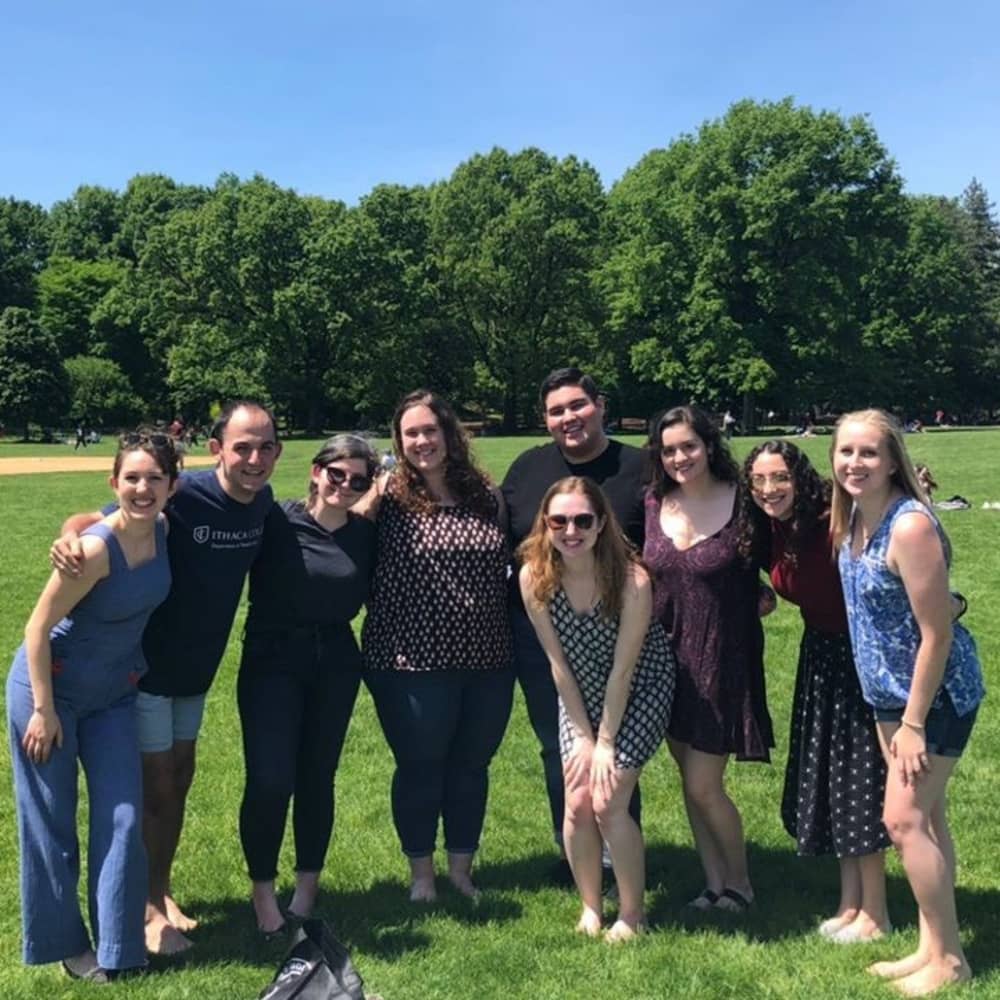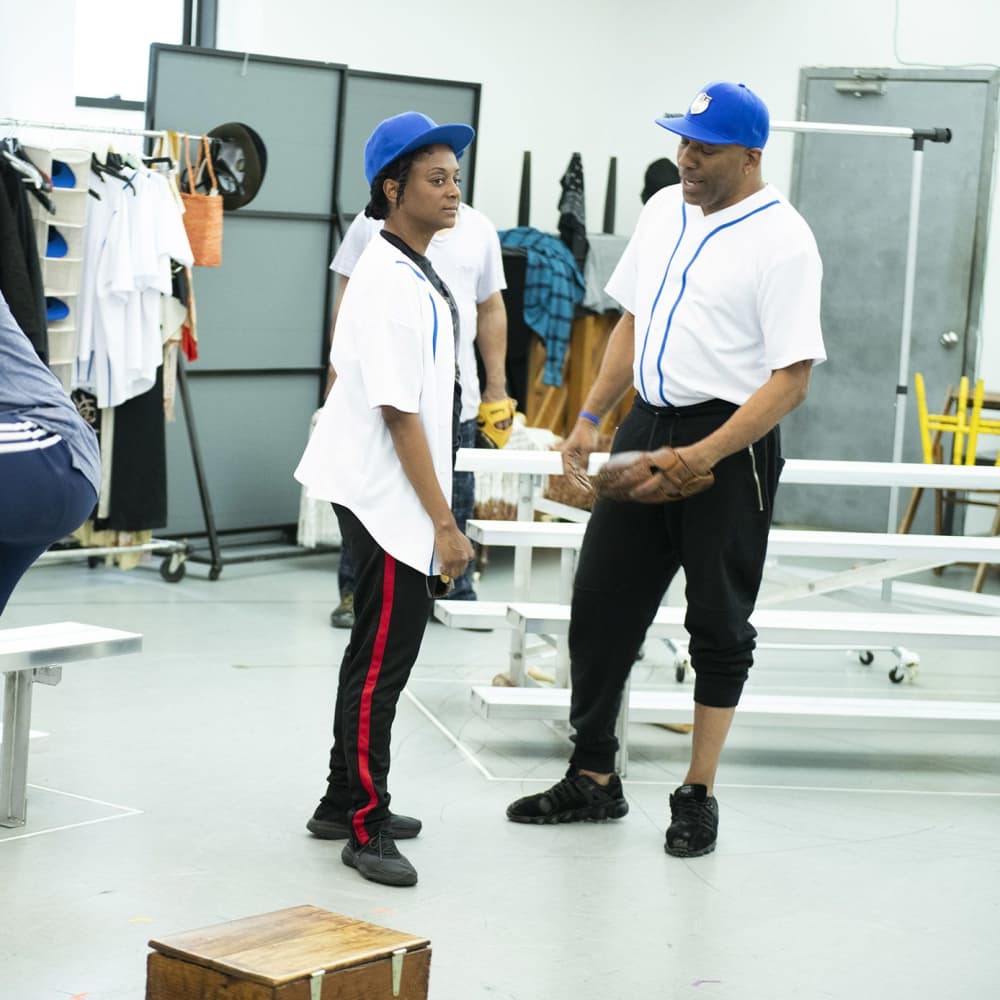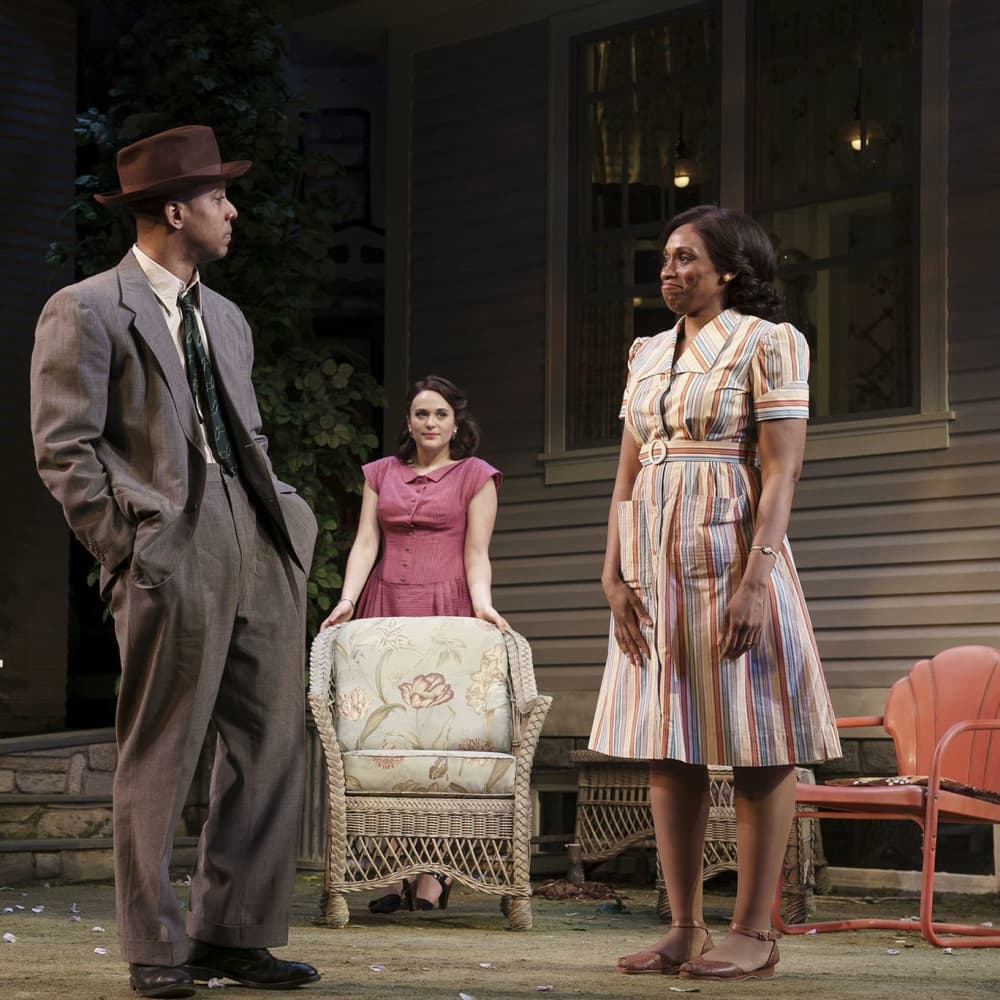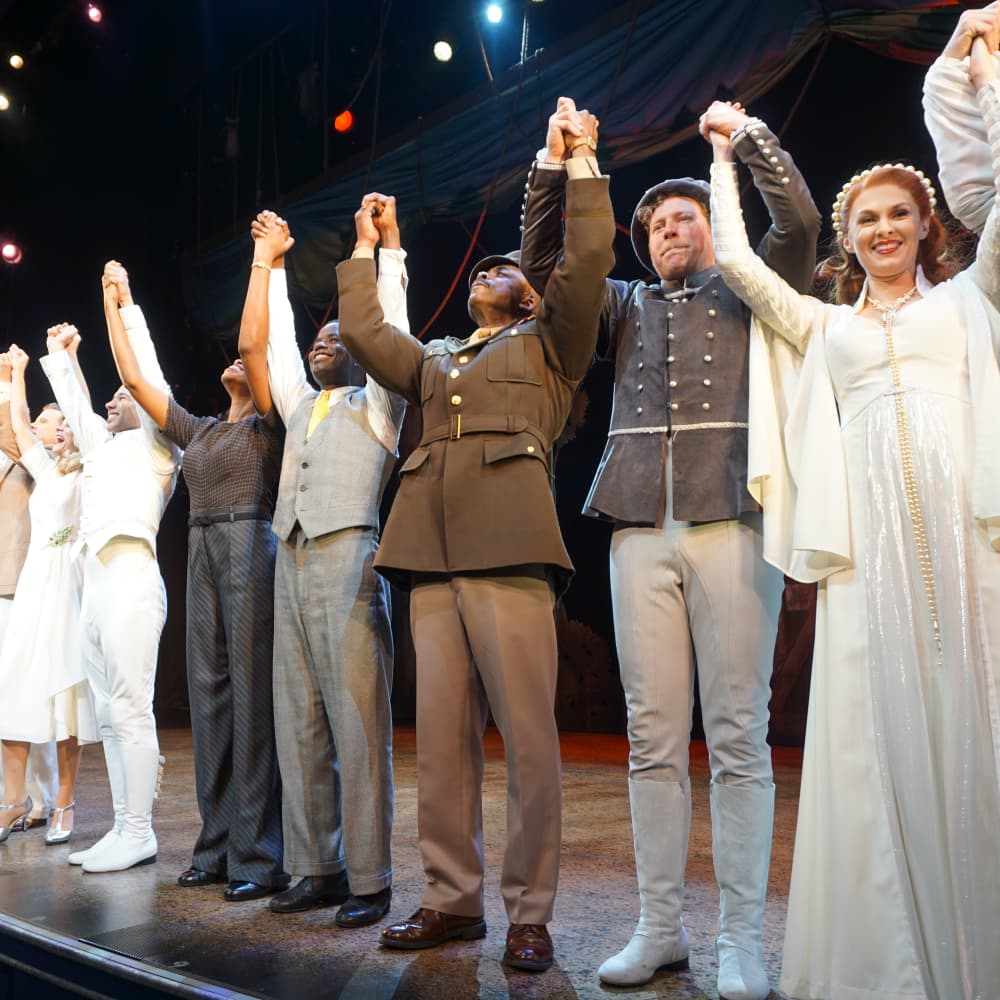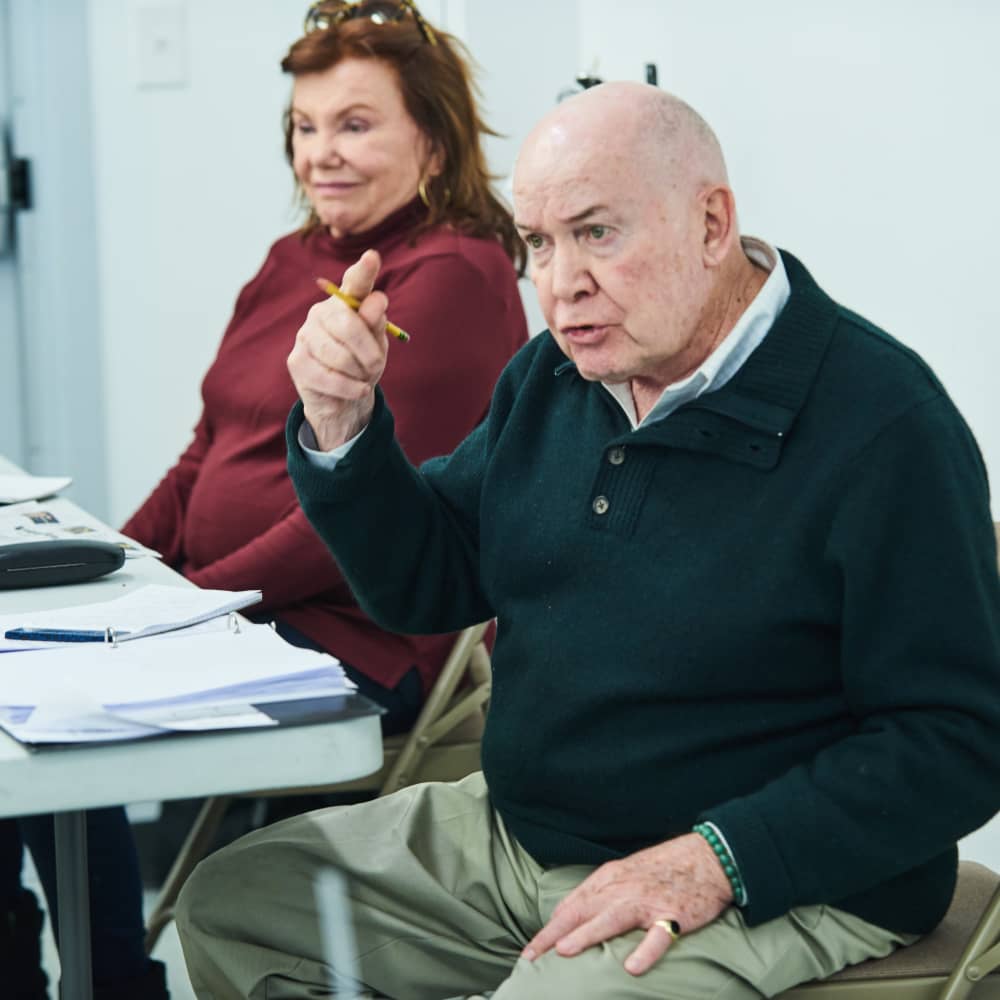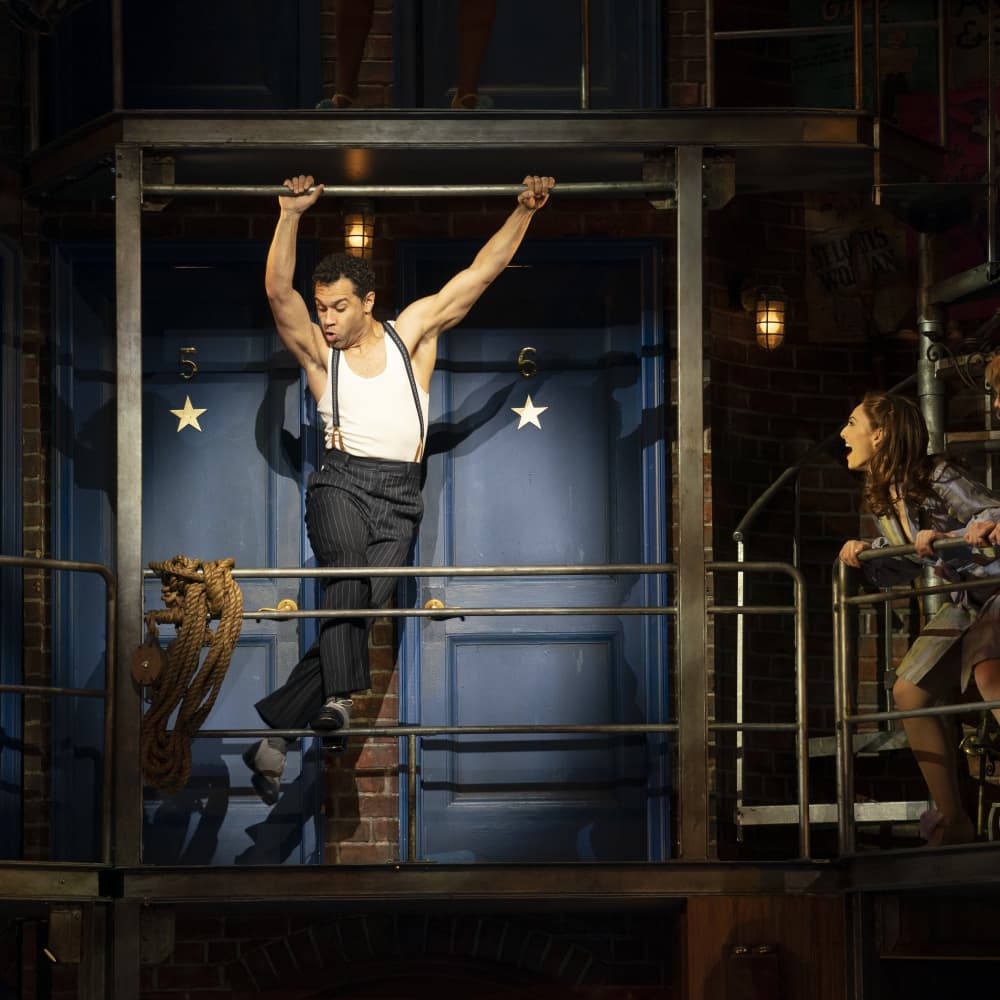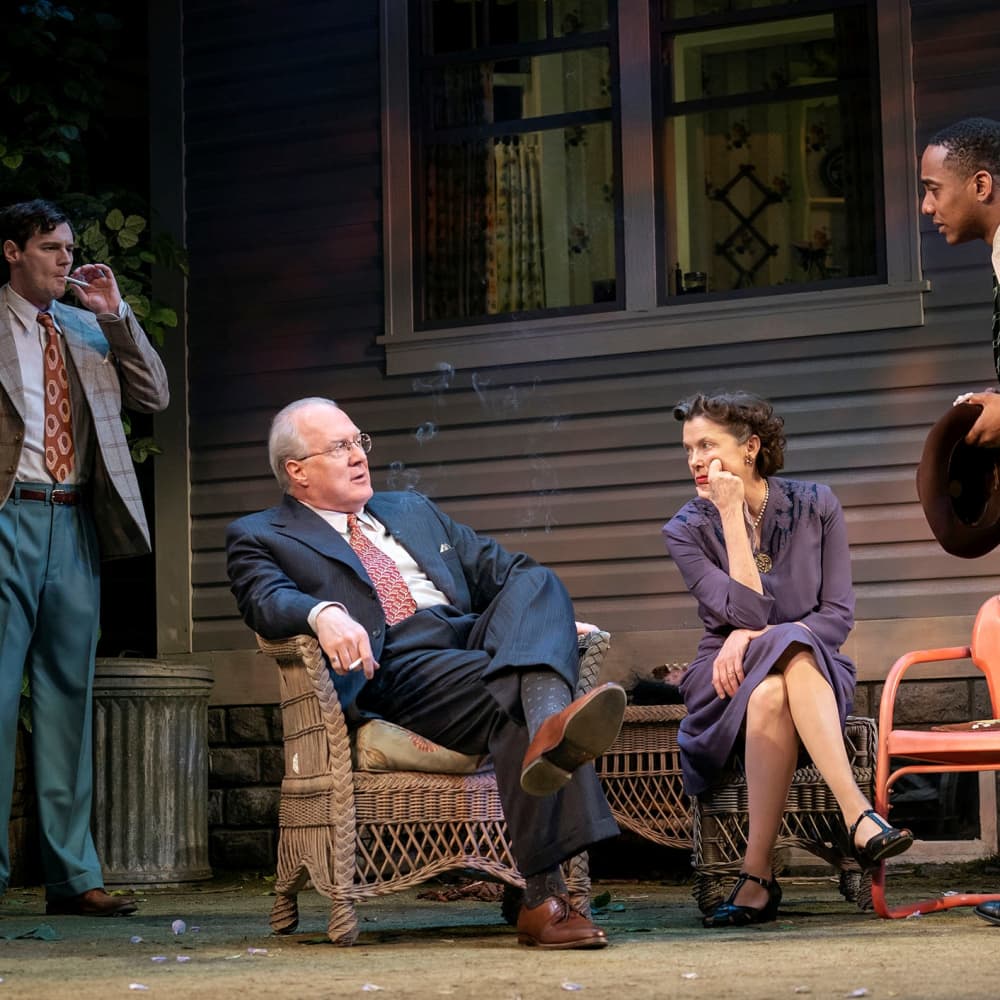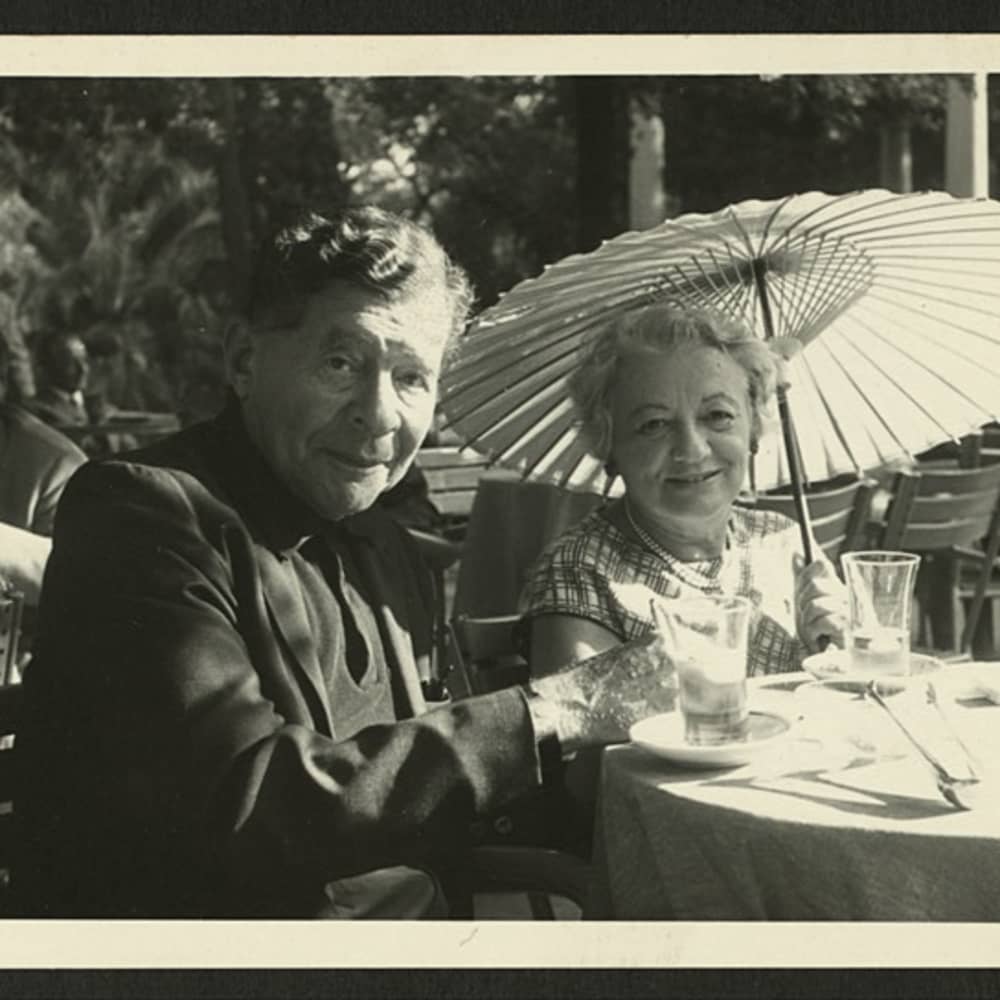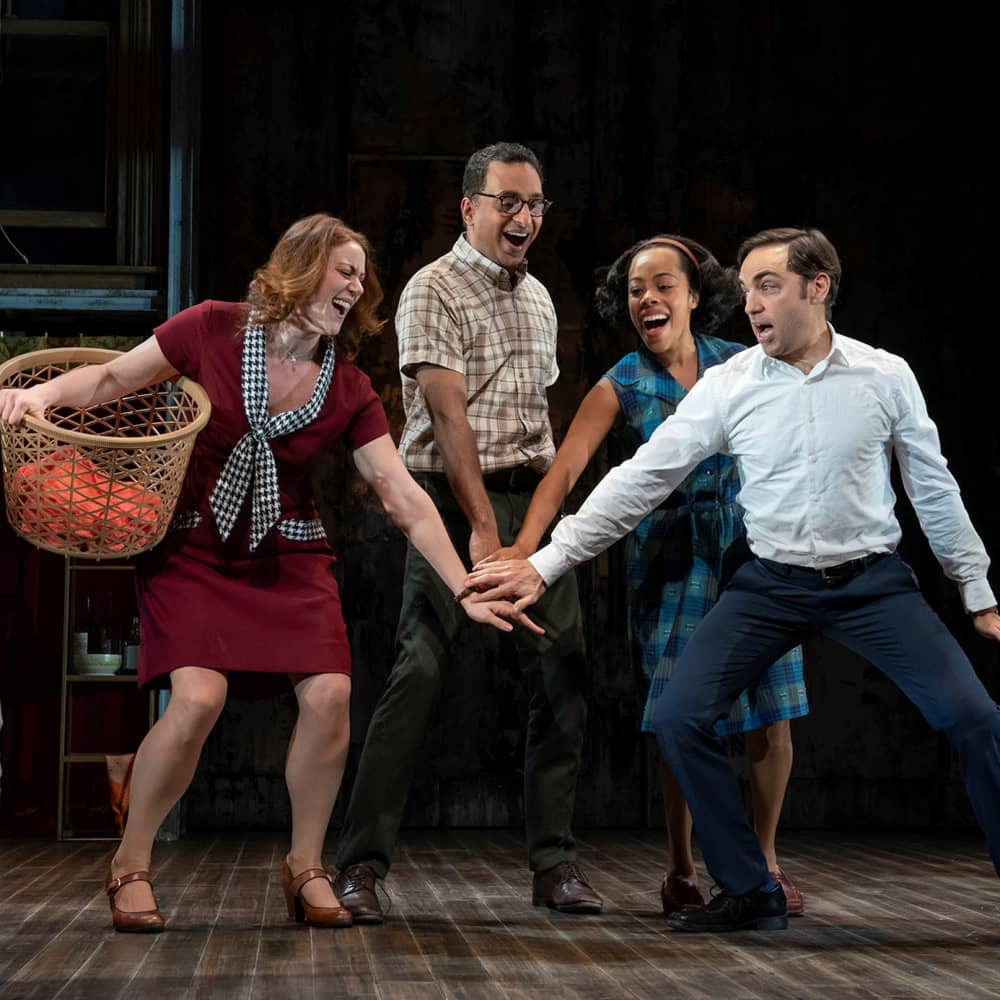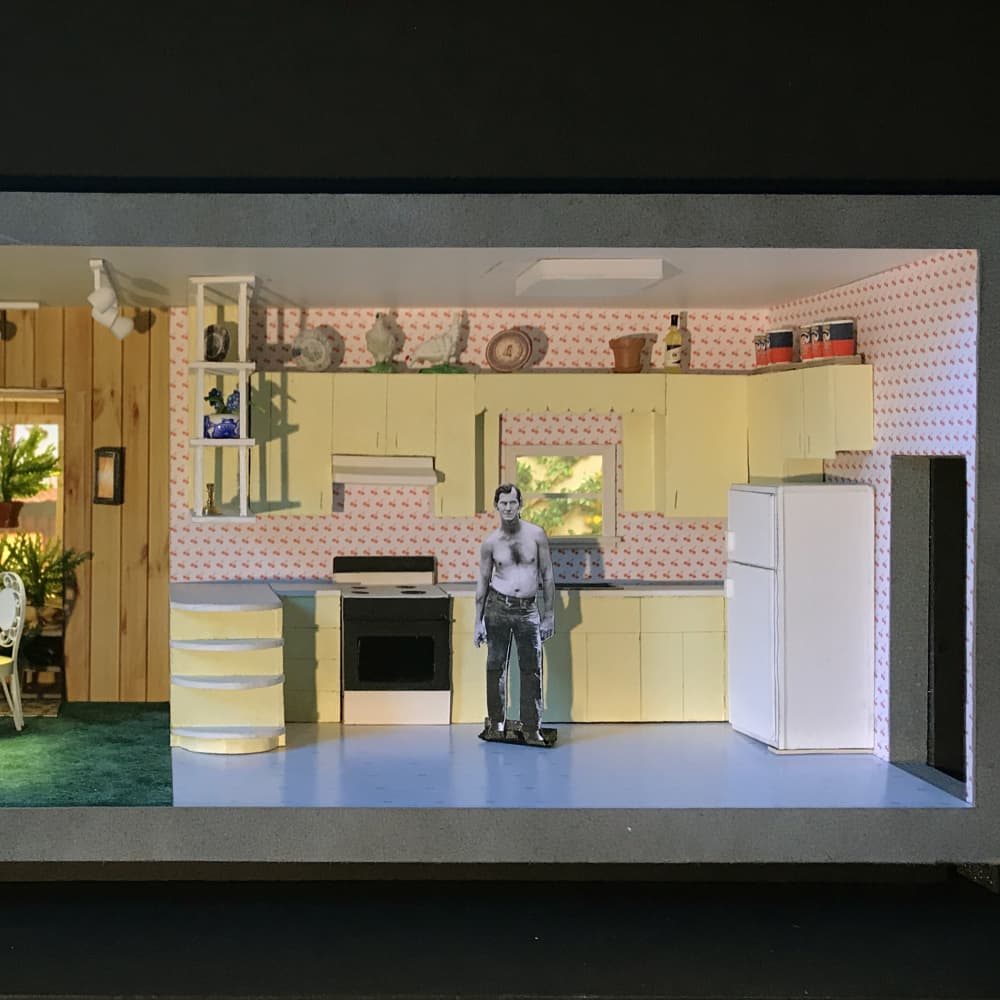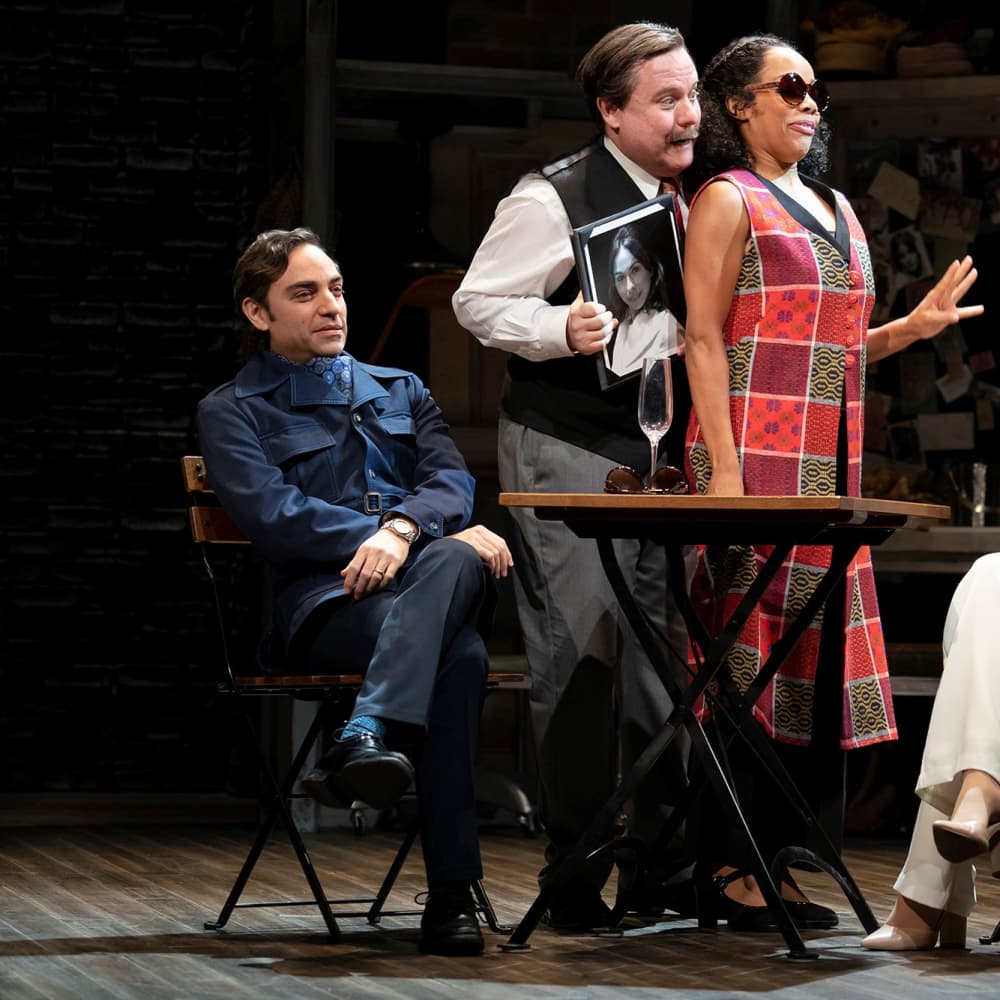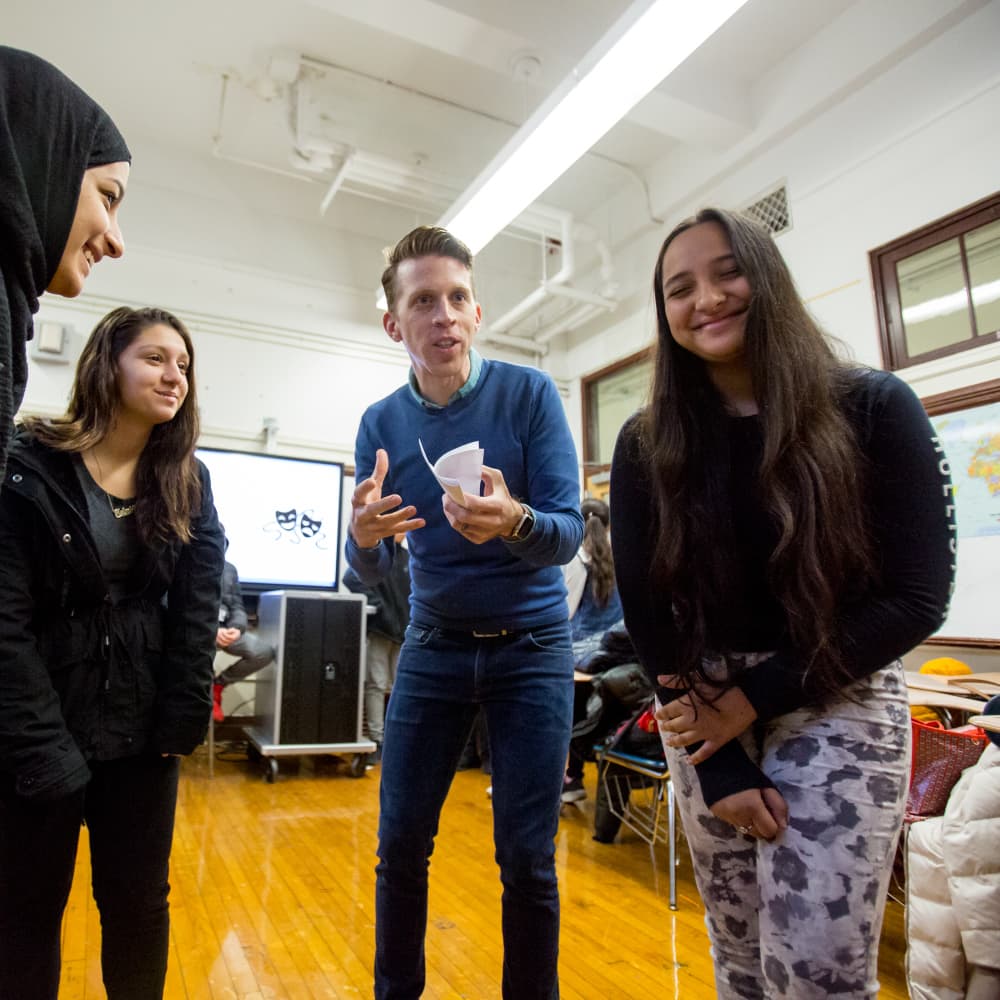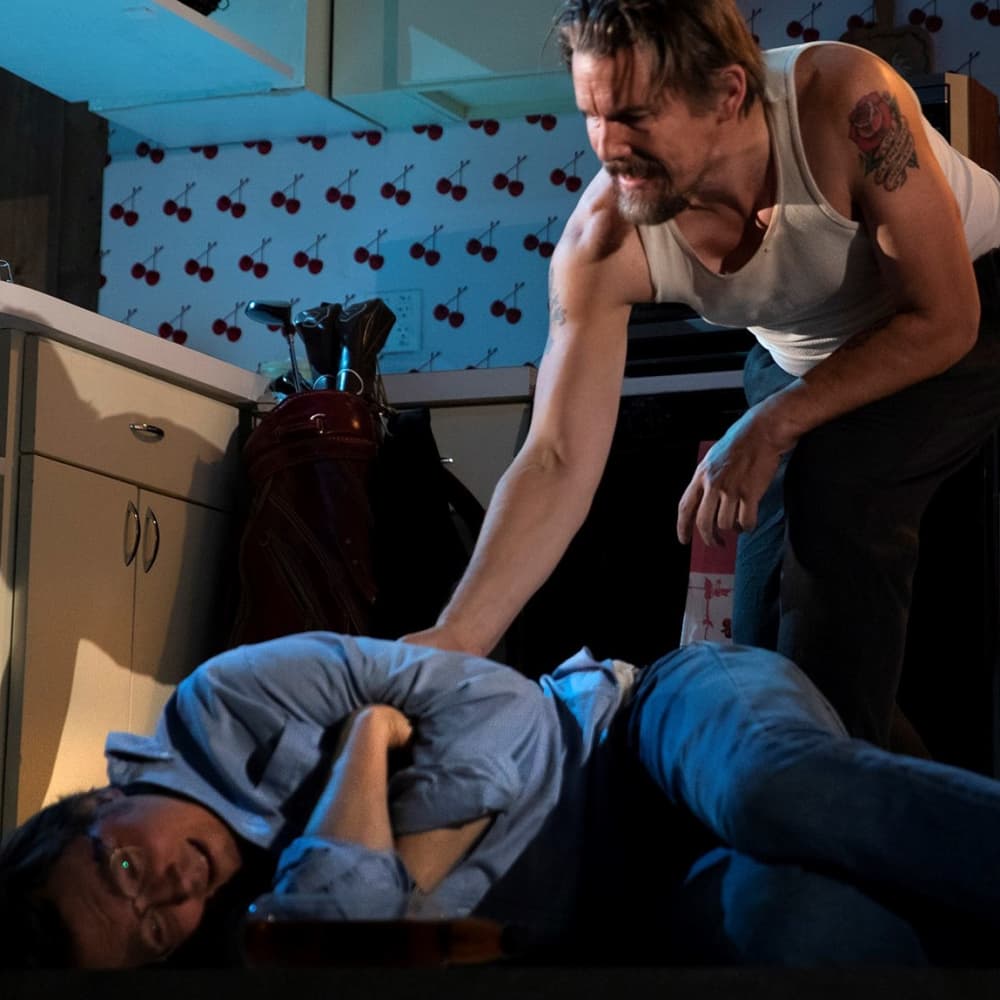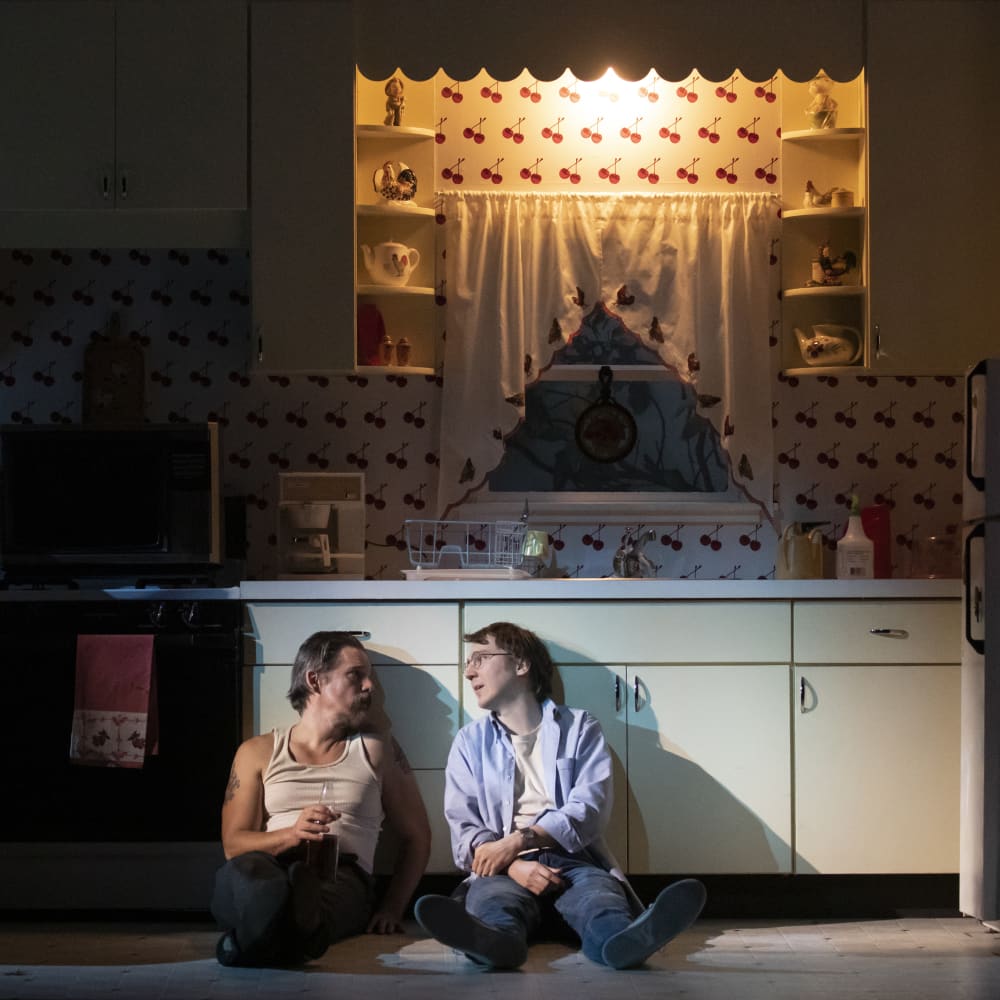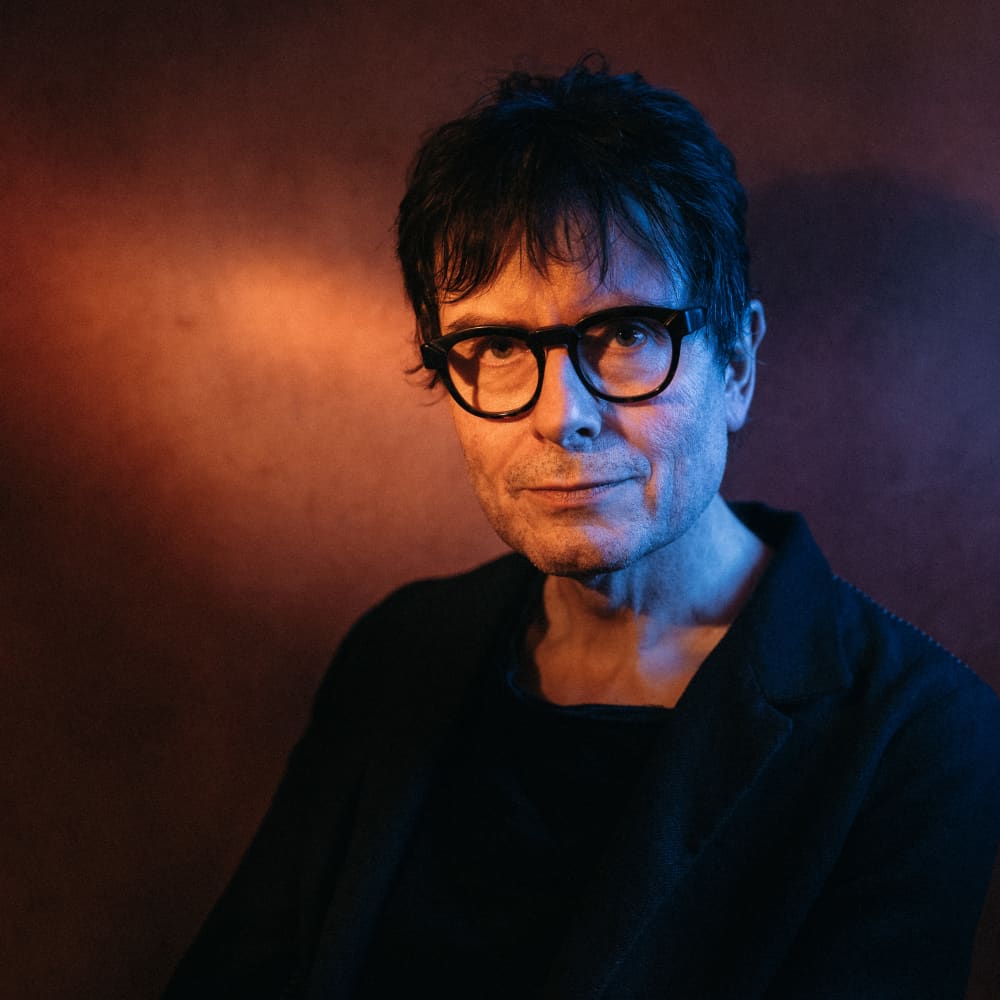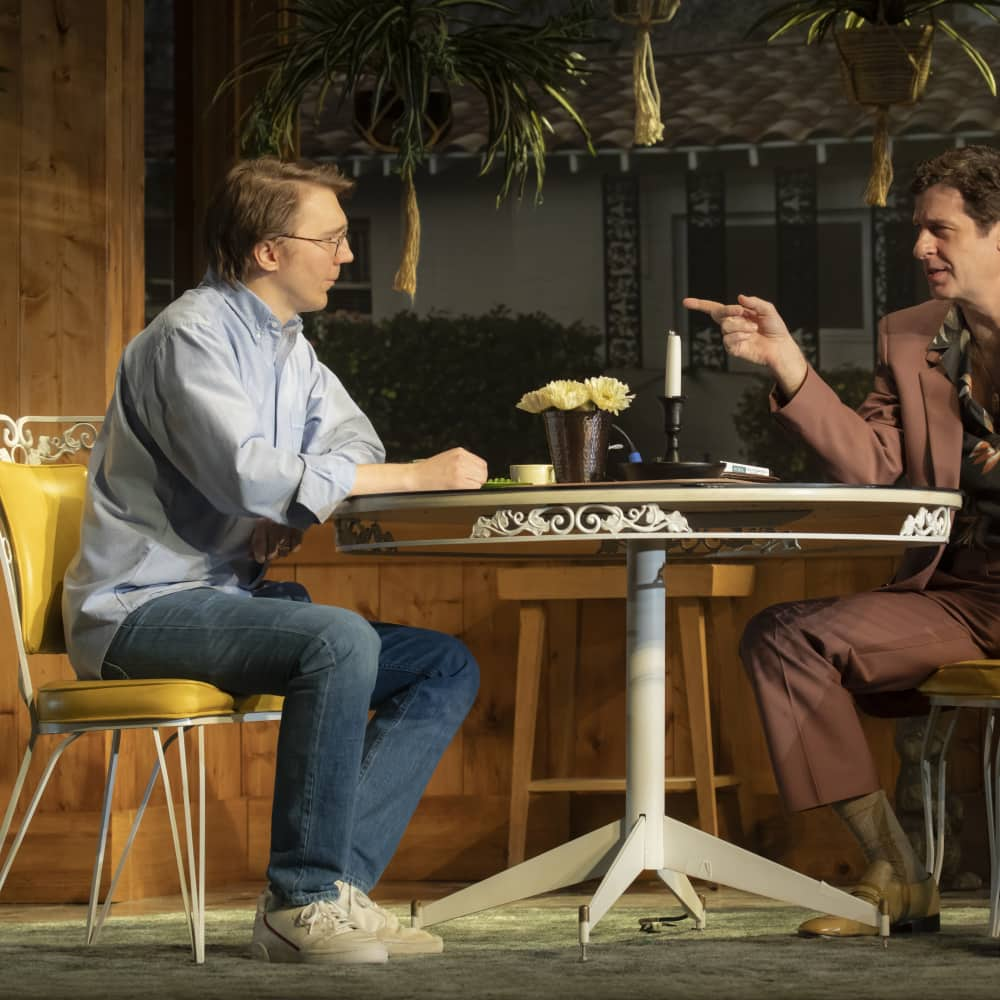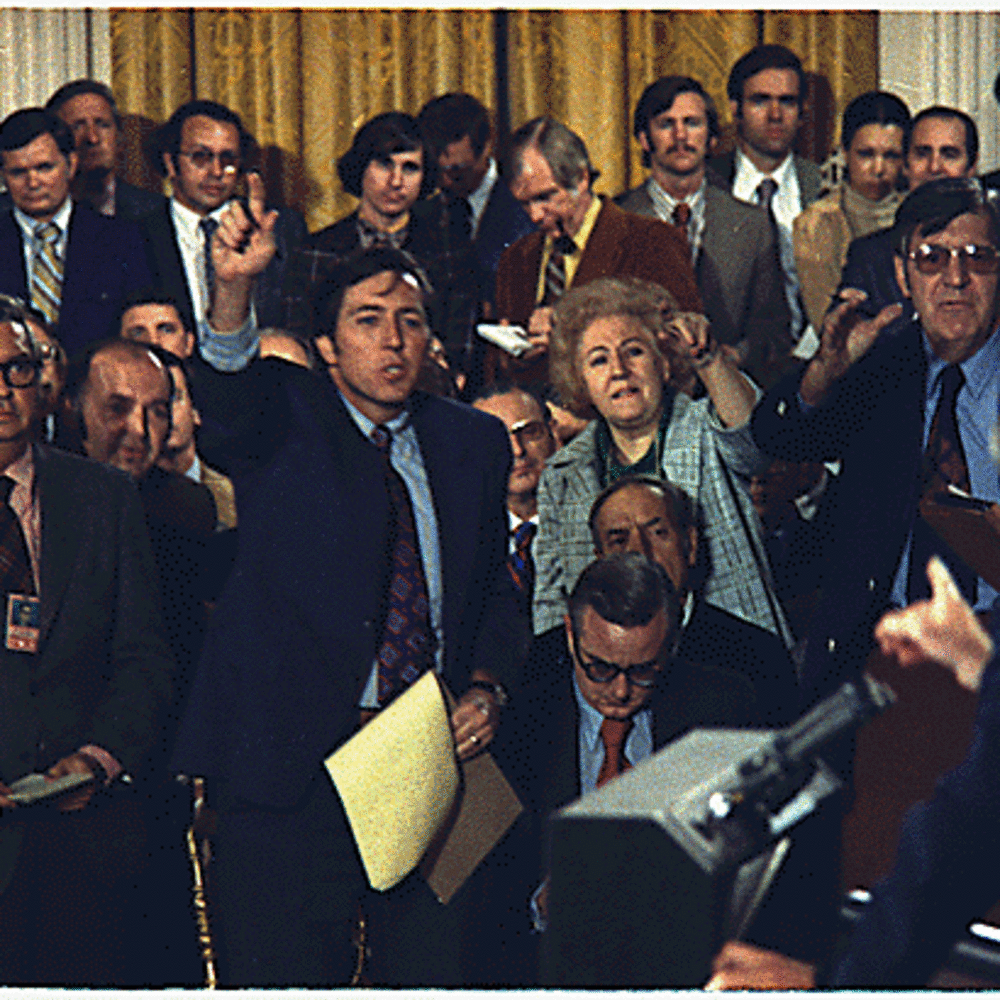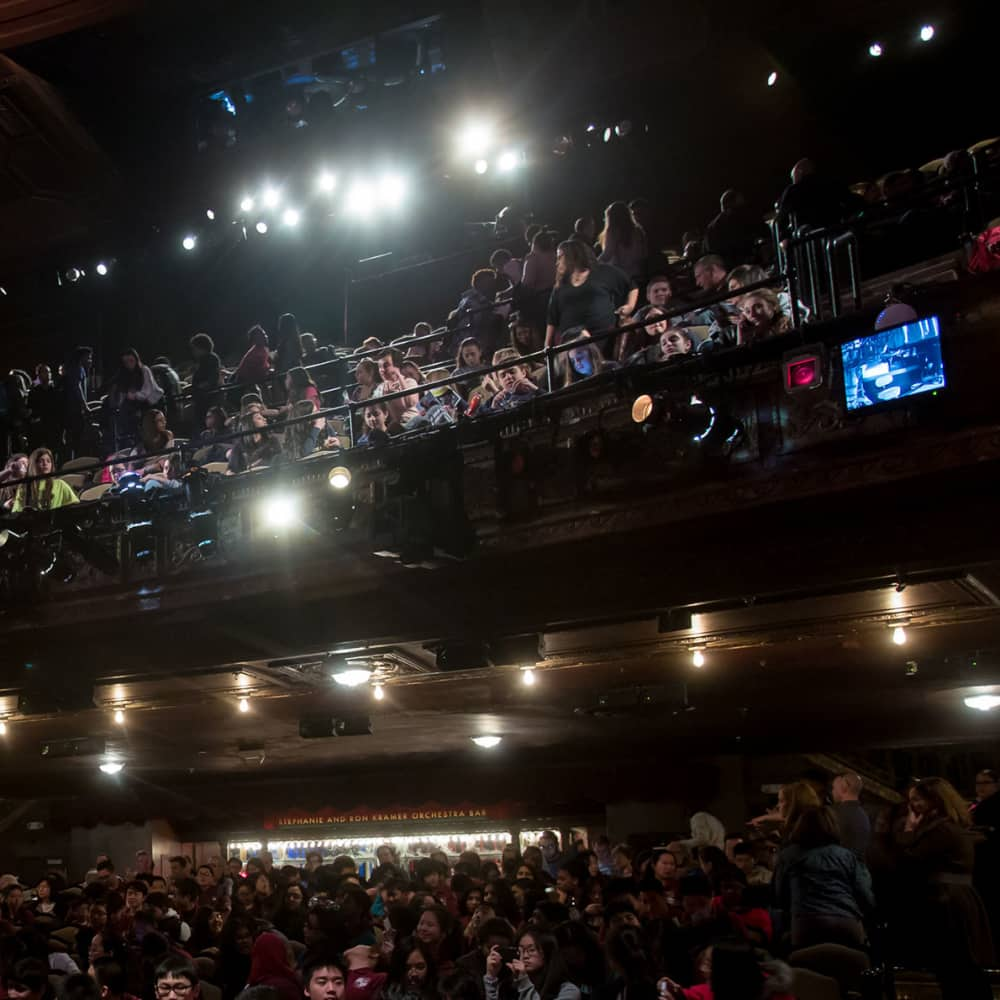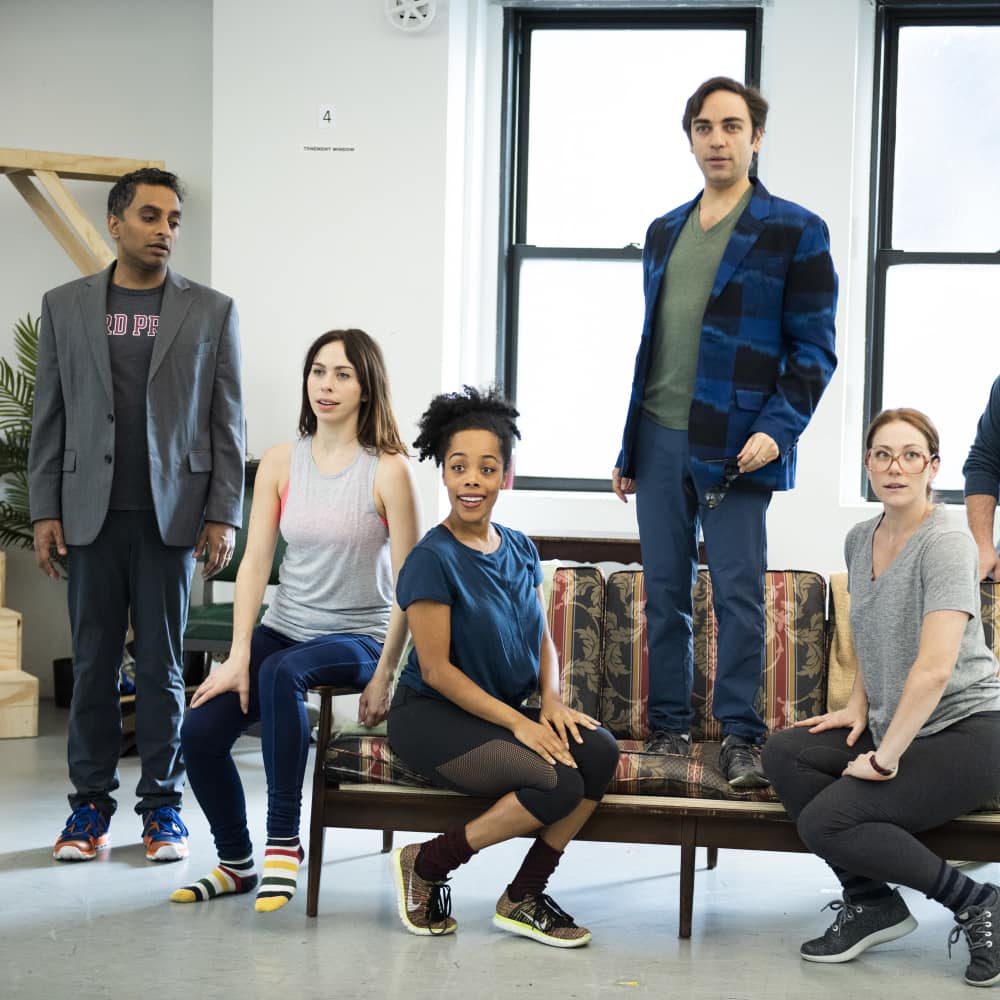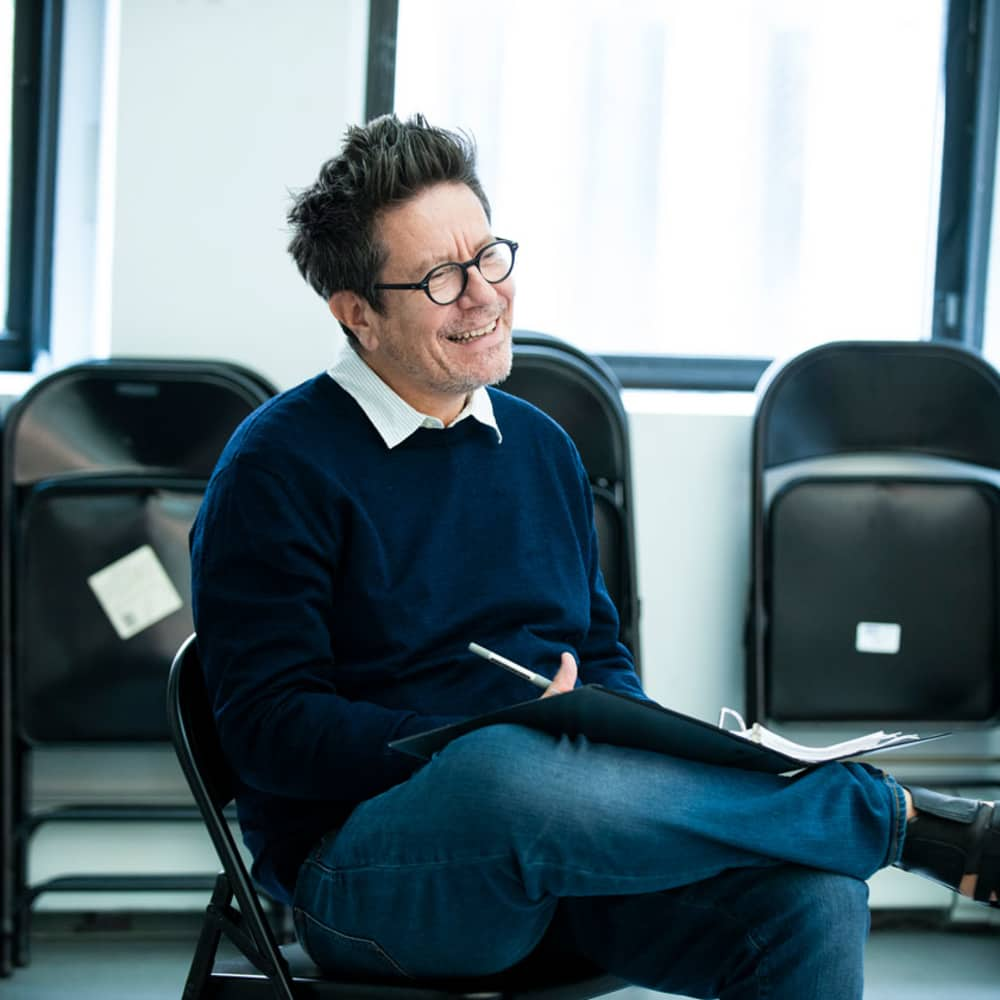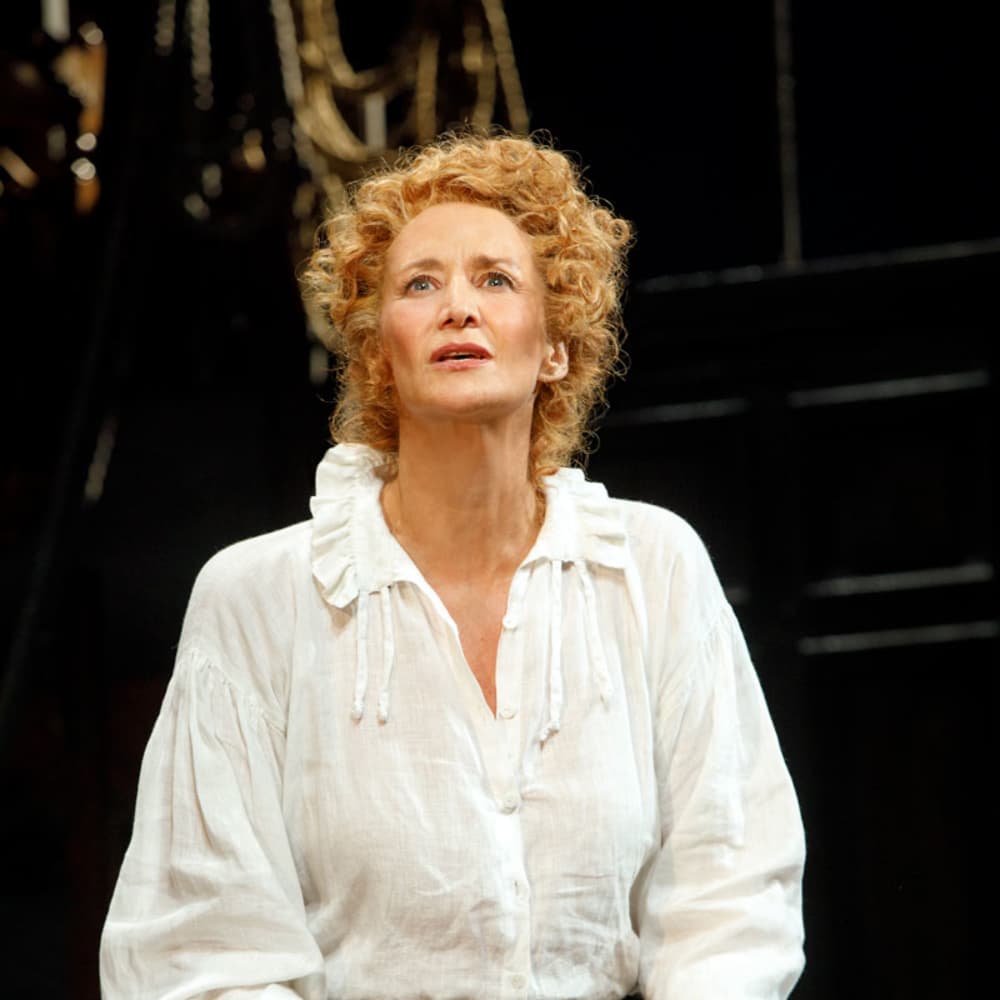Something Clean:
Set Design
Posted on: May 29, 2019
Set Designer Reid Thompson talked to UPSTAGE about the process of configuring the Roundabout Underground for Something Clean.
“Most of the play takes place between Lottie (Charlotte) and Doug’s suburban home and an inner city sexual assault center, with some pivotal moments around a dumpster in a back alley. Director Margot Bordelon and I wanted to minimize scene shifts, so the play could move cleanly between spaces. We also wanted audience members to see each other as they watch the play, to share the experience and their reactions. With these goals in mind, we explored the space in a workshop with Selina, the cast, and stage manager. I prepared by exploring three different groundplans. Each day we arranged rehearsal furniture into a different configuration, and Margot led the actors through a loose staging of the play. Then, we all discussed how each set up worked from an acting perspective: Was the storytelling clear? Were the staging possibilities interesting? Each day, we repeated the exercise with a different configuration.“
“The first arrangement was the ‘endstage,’ the Underground’s default set-up. Many technical factors push this to be the default, so we wanted to see how it worked. The advantages were that actors could play to one direction and not have to think behind themselves. Also, lighting in the higher-ceilinged area is easier, and we could have a surprise reveal of the dumpster/alley upstage. But the two spaces next to each other did not allow for dynamic staging, and we missed having the audience seeing itself.”
“Next we discussed an ‘L’ configuration, with audience on two sides and two scenic walls to represent the home and the center. This had an interesting dynamic: each side of the audience faces a different part of the set. As the settings alternate, audiences keep shifting their relationship to the space. The problem was that the far corner felt very far away, and we couldn’t land on a good place for the alley-dumpster.”
“We ultimately landed on the ‘alley’ (sometimes called ‘tennis court’) configuration, which has two sections of audience facing each other and two scenic walls opposing each other across the space. The moment we set this up, it felt electric. The two spaces are like magnet poles, pulling Charlotte back and forth and encouraging dynamic staging. The actors loved how this setup pushed them to keep things in action and feeling the audience’s eyes on them from all sides. I hope this version lands the audience inside Lottie’s experience of the world after the disruptions in her life: things are floating in space and mixed up. The audience facing itself creates a dynamic of community, reminding us of the eyes that are constantly watching this family. I also hope audience members will consider the reactions and experiences of others: if I am a man, how does this play affect a woman? If I am young how does this play affect someone who is older?”


